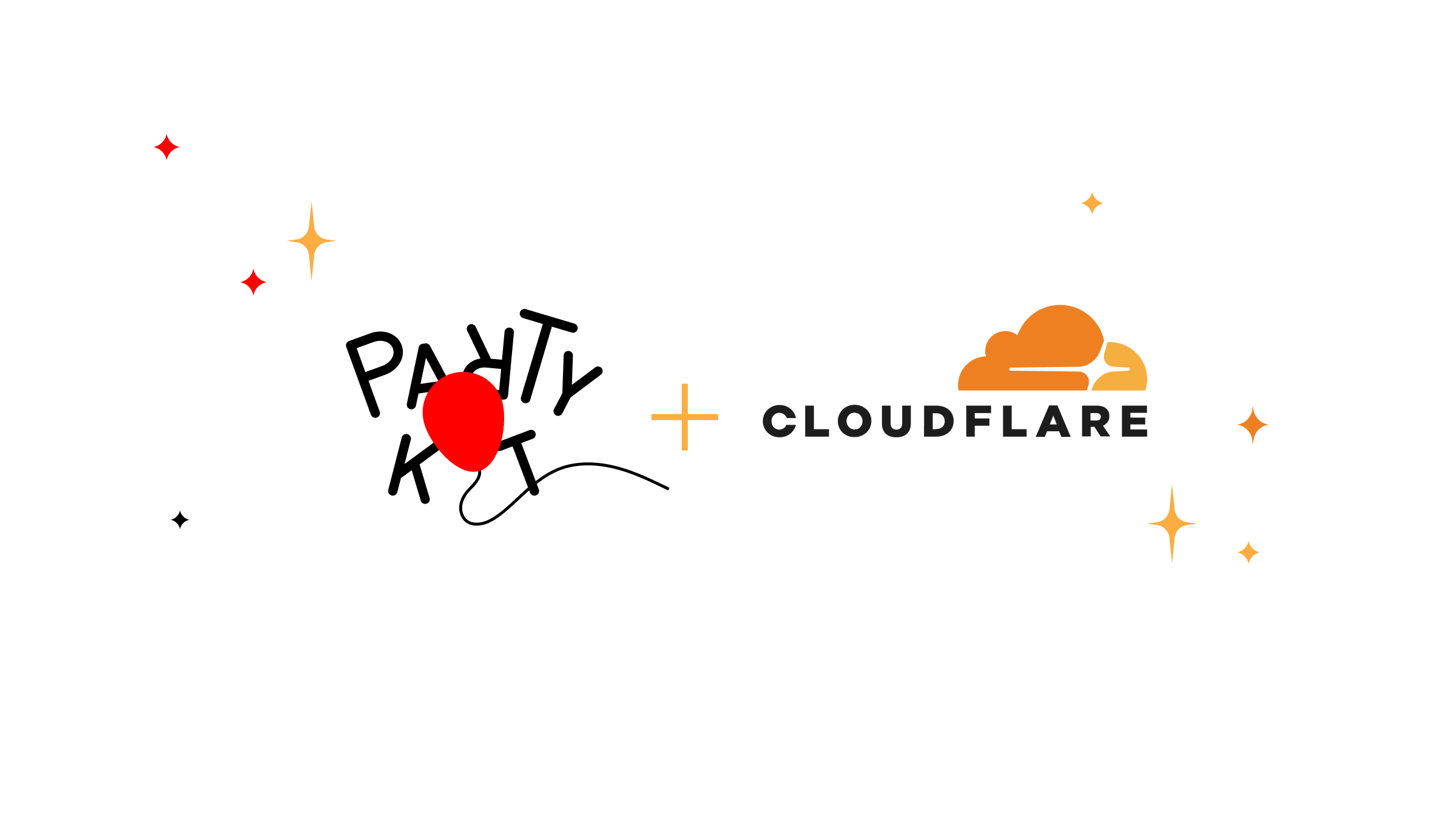Cloudflare acquires PartyKit to allow developers to build real-time multi-user applications

We're thrilled to announce that PartyKit, an open source platform for deploying real-time, collaborative, multiplayer applications, is now a part of Cloudflare. This acquisition marks a significant milestone in our journey to redefine the boundaries of serverless computing, making it more dynamic, interactive, and, importantly, stateful.
Defining the future of serverless compute around state
Building real-time applications on the web have always been difficult. Not only is it a distributed systems problem, but you need to provision and manage infrastructure, databases, and other services to maintain state across multiple clients. This complexity has traditionally been a barrier to entry for many developers, especially those who are just starting out.
We announced Durable Objects in 2020 as a way of building synchronized real time experiences for the web. Unlike regular serverless functions that are ephemeral and stateless, Durable Objects are stateful, allowing developers to build applications that maintain state across requests. They also act as an ideal synchronization point for building real-time applications that need to maintain state across multiple clients. Combined with WebSockets, Durable Objects can be used to build a wide range of applications, from multiplayer games to collaborative drawing tools.
In 2022, PartyKit began as a project to Continue reading











